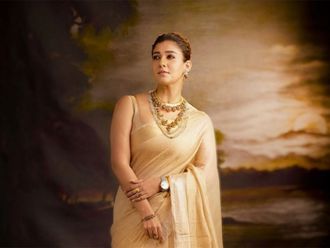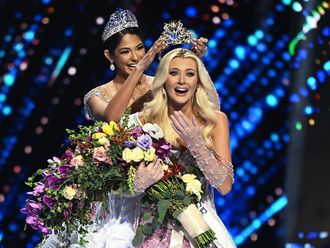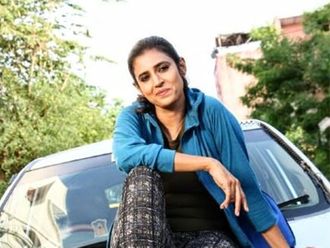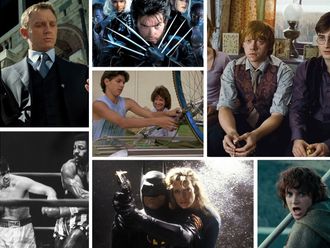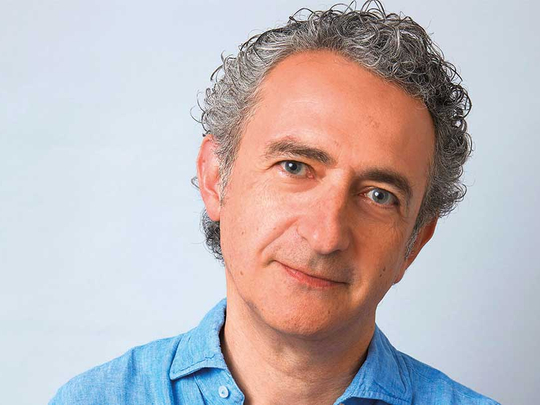
British author Simon Garfield’s obsession with maps took hold when he was eight and travelled to school via the London Underground. It was only one stop, but one of the longest passages on the whole network, between Golders Green and Hampstead.
“It gave me enough time to think about all the adventures one could have travelling to the far-flung reaches of the map — places with exotic-sounding names like Ongar and Theydon Bois,” says the author of On the Map: Why the World Looks the Way it Does, which was published in 2012. “Only later did I discover that the map itself was famous — Harry Beck’s iconic diagram from the early 1930s.”
These days, Garfield has a large collection of framed old underground maps in his hallway, though he still hasn’t made it to Ongar or Theydon Bois.
Maps are as much about imagination as power; they are sources of inspiration as well as guides. But the digital revolution has transformed mapping — maps that folded many times are now being replaced by phone maps. Even Garfield uses a satellite navigation system in his car and when walking around. “My car satnav is hopeless but gives me security, and Google Maps is infinitely great,” he says.
He might have written a book about maps but, Garfield confesses, his own sense of direction is terrible. “I use all the navigational technology I can get. But it certainly doesn’t tell you any kind of story the way old maps do.”
A year before On the Map, the prolific author wrote Just My Type, an enjoyable book that examines how Helvetica and Comic Sans took over the world, and why the T in the Beatles logo is longer than the other letters.
“When I was writing the book I bought some software that turns your handwriting into a typeface and, surprise surprise, it was equally illegible. All the fonts I love are in my book,” says Garfield. “That’s what made it such fun to write. I could just explore all the faces and designers I admired, and a few I didn’t.”
Talking to those designers made Garfield realise how much devotion goes into each letter, and so he didn’t attempt to create a typeface himself. “It made me quite sure I lacked the skills,” he says
Quite literally, Garfield is a man of letters. He thinks a letter, as opposed to email and text, is special — it has far more personality than words on a screen. “I’ve just written and posted a condolence card to a friend who just lost his step-father. You can’t put that in a text,” he says, adding that letters offer a slower cerebral whirring.
“We consider our words more, and those words carry more depth. Do you know anyone who has a box of old love tweets in the attic?” asks the author of To the Letter: A Celebration of the Lost Art of Letter Writing, a book that celebrates the history of letter-writing and features excerpts from letters by writers famous and obscure, published in 2013.
Letters, Garfield says, have the power to grant us a larger life, and their physicality endures — unless you burn them. “Committing pen to paper and post is a personal thing — the handwriting, the care, the consideration.”
Having said that, Garfield also uses email all the time. “But letters and e-anything shouldn’t be incompatible.” He has a point.
With a schedule as predictable as a calendar, Garfield writes one book each year. They tackle subjects ranging from the obscure to everyday: maps, typefaces, colours, letters and postage stamps. “Everyday things are always worth celebrating. I don’t like to think of myself as nostalgic, or one of those grandpa-on-a-rocking-chair figures who thinks everything was better back then,” he says.
“I love new technology, but it’s also worth considering that we use it at a cost. Faster is not necessarily better or deeper.”
Garfield tells stories that celebrate the skills we used to have to learn with our whole hands, rather than just the tips of our fingers. “I am concerned that our brains are shrinking — all those synapses no longer in use because we don’t have to remember anything anymore.”
The experience of working with technology has, of course, not been a simple story of improvement and seamless transformation. Another related subject that Garfield has dealt with is the democratising nature of time in Timekeepers: How the World Became Obsessed With Time.
“The problem now is that everything just seems to be accelerating beyond our control or comprehension,” he says. “How did we become the sort of people that whine when our internet slows or a train is 20 minutes late? Is it right that zillions are made in a fraction of a second along fibre optic cables? Why do runners always want to go faster? What’s the very first thing we do every day without fail? We look to see what the time is. That can’t be right; there has to be something else to fill our heads after sleep.”
These are some of things the author address in Timekeepers.
“You know what people from ancient tribes with no alarm clocks do to ensure they get up early in the morning? They drink a lot of water the night before.”
Garfield, the author of 18 non-fiction books, is also a co-producer of Letters Live, a regular event held in London where celebrities such as Benedict Cumberbatch, Nick Cave, Sir Ian McKellen and Michael Palin have taken part.
“Letters Live came about three years ago because of two books and a publisher. One of the books was mine — To The Letter -- one was Shaun Usher’s Letters of Note, and the publisher was Jamie Byng, the man who runs Canongate, the company that published both books,” he says.
Not long before publication, Garfield was in a pub with Byng, who had the idea to launch the books with a live event in which great actors would read some great letters.
“Simple, really,” the author says. “I came up with the name Letters Live, and a wonderful thing was born. Every few months we still put on events under that name, and Letters Live has now become its own company promoting letters at big charitable galas, prisons, literary festivals and public events all over.”
The material ranges from famous people like Oscar Wilde, Gandhi, Alan Turing and Dorothy Parker to more obscure writers with brilliant, funny or heartbreaking things to say.
Another of his works that celebrated the lost art of letter writing was A Notable Woman, published in 2015. He edited the journals of Jean Lucey Pratt, who wrote well over a million words in 45 exercise books over the course of her lifetime, from 1925 until 1986.
“I first discovered Jean’s journals about 12 years ago. She was just one of about 2,000 contributors to the Mass Observation Archive at the University of Sussex.” It’s a project that began in the 1930s to uncover how regular people spent their days.
“I edited some of her contributions in three books covering the period 1939 until 1948, and then spent a year editing the private journals that she kept for 60 years, a hugely moving and candid account full of the joy and heartbreak that marks out a life.”
As a man who spins fascinating narratives, Garfield has a writing routine that involves two places, and is punctuated by cliff walks and loud music to clear his head. “At the London Library I work from 10 til 5, with long breaks for lunch and sneaky movies. My house in St Ives [is] where I do most of my proper writing. My hours there are irregular but intense, usually from noon til late in the evening.”
Having written a variety of books — he’s writing a book called In Miniature now — Garfield feels no pressure from readers to continually top his last book. “I just follow my interests really, and hope they’ll come along with me.”
He says he never thought about writing as a career. It was more a sequence of interesting projects. “I feel privileged [to be] spending my working life reading and writing and continually exploring new things. And being able to travel to literary festivals, obviously!”
Earlier this month, he took part in the Emirates Airline Festival of Literature. This wasn’t his first time in Dubai — he was here about a decade ago with his children. “We did a lot of the regular things like desert trekking, camel riding and the water park.”
Suparna Dutt-D’Cunha is a writer based in Pune, India.
QUICK-FIVE:
What would I be if I hadn’t been a writer: Maybe a flaneur. Maybe a postman.
A book I wish I’d written: The Soul of a New Machine by Tracy Kidder.
The first novel I read: Winnie the Pooh. It had a map of the Hundred Acre Wood.
A recent book I will remember in 10 years’ time: A Sport and a Pastime by James Salter
A book I’d take to a desert island: The cookbook my wife Justine is writing.




